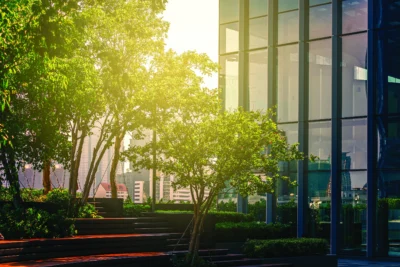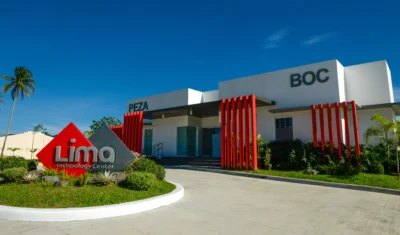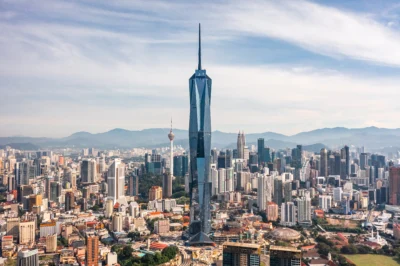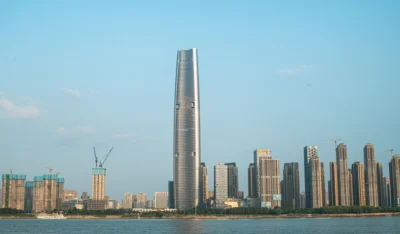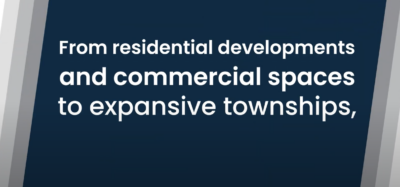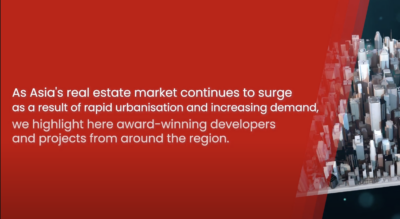Demand for multi-level Melbourne warehouses to rise in 5 years
Rezoning and poor land availability will have developers seeking out vertical developments, predict market observers
Royalty-free stock/Shutterstock
A shortage of industrial land within a five-kilometre radius of Melbourne’s central business district will galvanise demand for multi-storey warehouses in the next five years, Domain reported, citing a report from CBRE Asia Pacific.
The Victorian state capital has fallen short on industrial land since the recent rezoning of suburbs in the city fringes from industrial to mixed, commercial and residential use, according to Guy Naselli, associate director for advisory and transaction services at CBRE Asia Pacific.
“It is within this highly constrained industrial land and proximity to the CBD where occupiers will be looking to create multi-storey warehousing to cater for the growth of Melbourne and our thirst for speed of delivery from ‘point to point’,” he said.
Developers have been increasingly considering multi-level warehouses because of rising rents and land prices, said Ben Hackworthy, commercial and industrial sales and leasing director for Lemon Baxter.
More: Prime office rents leap in Singapore, plummet in Jakarta
Following the lead of the US, where industrial vacancy rates have hit as low as one percent, multi-storey is poised to take off in Melbourne in more than five years, said Colliers industrial director Alysia Reilly.
Warehouse footprints, however, will expand horizontally before expanding vertically, as evidenced in core logistics markets with 100,000-square-metre-plus requirements.
“Although the supply of industrial land in the outer suburban markets is constrained by the urban growth boundary and the green wedge, there is still quite a significant supply pipeline in Melbourne – particularly the west – and so long as the infrastructure keeps up with demand and development, industrial markets will keep expanding out into the growth corridors,” she said.
Strong population growth, land availability, infrastructure upgrades, and residential construction have contributed to robust occupier demand for Melbourne’s industrial real estate, JLL Victoria head of industrial Matt Ellis told Domain.
Recommended
6 developments driving Asia’s green real estate shift
Developers are being incentivised to push a green agenda into daring new realms
The Philippines’ LIMA Estate drives sustainable industrial growth
LIMA Estate models a citywide vision that uplifts workers while appealing to climate-conscious employers
Malaysia property market rebounds with foreign interest and growth
The nation’s property market is stirring to life, fuelled by foreign buyers and major infrastructure drives
China’s renewable energy surge redefines housing norms and development
From exporting solar panels to building entire green-powered neighbourhoods, China’s renewable surge is redefining housing norms


